Jacques Cousteau and Dolphin Intelligence
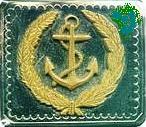




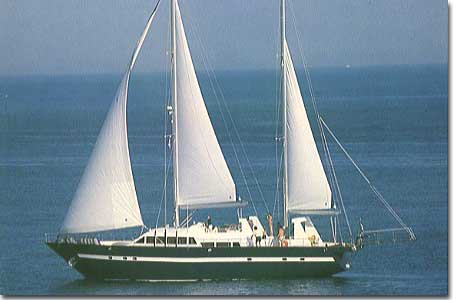


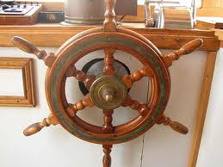



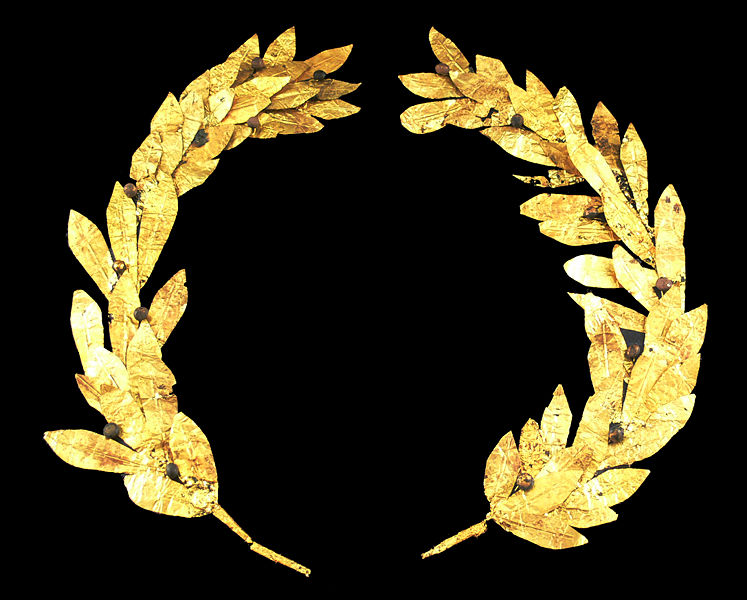
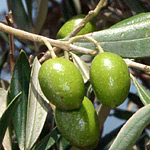



MEDITERRANEO SEA ART CLUB
FILIP KUSTO JE NASTAVIO ISTRAŽIVANJA SVOGA OCA ŽAKA NA PROJEKTU PROUČAVANJA PONAŠANJA DELFINA U VEĆIM JATIMA , INSTITUTE OF SEA WATER MEDITERRANEO SEA ART CLUB.
Delfini su društvene životinje, koje žive u jatima. Na mestima sa obiljem hrane, jata mogu privremeno da se udruže formirajući agregacije od preko 1000 delfina. Pripadnost jatu nije striktna, česta je međurazmena. Doduše, životinje mogu razviti jake međusobne veze. Među sobom komuniciraju nizom različitih vrsta coktanja, zvižduka i drugih zvukova. Koriste takođe i ultrazvuk za eholokaciju.
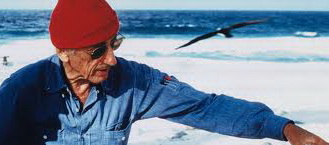
ŽAK KUSTO
Delfini često skaču iznad površine vode često izvodeći prave akrobacije, mada za sada ne postoji neko definitivno naučno objašnjenje za ovakvo ponašanje.
Poznati su po svom prijateljskom odnosu prema ljudima, u vodi im često prilaze sa naznakom da žele igru sa njima. Postoje mnoge priče o delfinima koji su štitili brodolomnike od ajkula.
Jato delfina je navodno spasilo i jedan ribarski čamac. Nakon što su osetili podvodna komešanja za vreme cunamija iz 2004. godine, delfini su čamac odvratili od plovidbe na pučinu.

Dolphin Intelligence Evolved Differently From Primates
Millions of years ago, terrestrial life broke off from marine life forms leading to their respective evolutions according to natural selection in their particular habitats. Man evolved along the lines for survival in air filled space to walk, climb, develop handheld tools, and to form societies involving a strict hierarchal structure. Dolphins, on the other hand, evolved to maneuver in water filled space that increased swimming abilities, tight social co-operative "pods", and a highly developed means of communication utilizing clicks and whistles.

FILIP KUSTO


Jacques Cousteau noticed that dolphins could swim up to fifty miles per hour, swim in groups, sometimes in the hundreds, and enjoy performing feats, such as "surfing" before the prow of his boat, never the wake, giving each other turns while doing so. They had also developed techniques for hunting where they would swim in circles and catch fish for food in bubble traps. All this cunning and play denoted learned behaviors that enhanced survival, through intelligence.
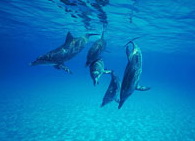
Physical and Emotional Sensitivity Denote Dolphin Intelligence
The skin of the dolphin is smooth and sensitive to the touch. Jacques Cousteau noticed this when his crew went to capture dolphins to bring back to study on land. The dolphins' skin would bruise and abrade when the clamp grabbed them above the tail fin. Also, he observed that in the wild the dolphins would bump and rub up against each other to send physical messages of comfort and support. When contact with them was attempted by jumping in to swim with them and to get close, the dolphins would quickly swim away in a panic.

On one particular day in 1953, Cousteau came upon a solitary dolphin with its snout sticking up out of the water. It was unusual for a dolphin to be alone like this. Evidently, the creature was ostracized by its companions for some unknown breaking of a social rule or tenet.
The dolphin offered no resistance when taken aboard for study. All vital signs were normal and no trauma was evident. The dolphin died a few hours later. Cousteau determined that it died from loneliness and grief over being expelled by the group.
Behavior and Social Interaction is Conducive in the Study of Dolphin Intelligence
Conducting experiments with dolphins has to be done in a systematic and scientific manner because of their high intelligence. It has been recorded where a dolphin turned the tables on an examiner by not responding to reward, leading the examiner to surmise that it was just coincidence that the dolphin responded to a stimuli previously. However, when the stimuli was finally removed, the dolphin began to exhibit the action needed for the reward and kept doing it until it was given. These behaviors portray that the dolphin was toying with the examiner and had to use reasoning powers to fulfill the results.

Jacques Cousteau noted one time that when a lone dolphin was brought back to land for study, it would act lethargic and despondent. However, after several hours of researchers swimming with and physically touching the dolphin, it responded by nudging and rubbing up against them, substituting them for other dolphins in its pod. The conclusion drawn was that a dolphin is social in nature and will think about things in order to survive.



Dolphin intelligence has been proven and documented far above and beyond the parameters of just performing stunts and tricks as seen in marine parks through observation and scientific testing. Stunts and tricks are the domains of instinctual responses.
Dolphins can think logically and have reasoning abilities. Their brains in relation to their body size is greater than that of man. Their vulnerabilities and emotions rival those of humans. They are co-operative and resourceful. Even under great stress, they do not exhibit anger. Jacques Cousteau found them to be his friends.
Source:
Cousteau, Jacques - Yves and Diole, Philippe. Translated from the French by Bernard, J. F. The Undersea Discoveries of Jacques - Yves Cousteau: Dolphins



